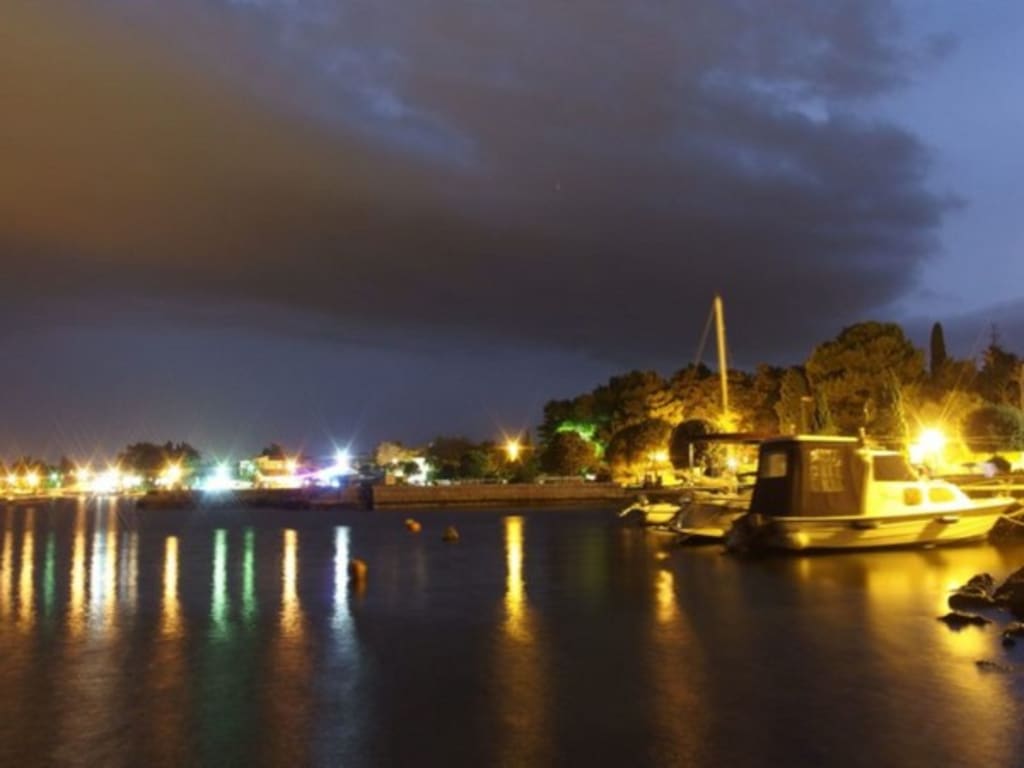The Luminous Ocean: Understanding the Ecological Consequences of Artificial Light at Night
The Luminous Ocean

A middle the huge scope of our twilight oceans, counterfeit light lights up the evening and penetrates through the surface, making interruption unfurl underneath the shining waves. While the plastics and oil that penetrate the seas might be what first strikes a chord when one considers defilement, scientists and researcher are digging further into the impacts of another long-perceived type of contamination: light.
A group of specialists from Britain, Norway and Israel planned the primary worldwide chart book of evening time sea light contamination, evaluating submerged light levels for waterfront locales around the world.
To decide the most grounded wellsprings of light interruption, lead oceanographer and marine natural chemist Tim Smyth of the Plymouth Marine Research centre utilized a philosophy that involved joining a 2016 chart book of night sky splendour with twenty years of maritime and barometrical information records. The information mother lode enveloped shipboard estimations of artificial light and month to month satellite information spreading over from 1998 to 2017, supporting the assessment of light-dissipating phytoplankton and silt commonness. Perplexing virtual experiences were additionally used to reveal insight into how different frequencies of light explore the profundities.
One dataset shines on evening light contamination, while different focuses on sea tone, which uncovers the water's optical properties. Through their model, the researchers projected how counterfeit light from over the surface invades and infiltrates the profundities beneath. By evaluating the submerged light levels, the review offers a brief look into the likely natural reaction of marine species to this luminance.
Smyth underlined the basic significance of these light levels for natural living beings. As of recently, the genuine degree of its effect on marine environments remained to a great extent neglected and understudied.
From seaward oil edifices to private shorelines, the glare from anthropogenic improvement can infiltrate profound inside the oceans, moving the ways of behaving and survivability for the species that live there. Since aversion to light shifts relying upon species, the examination group focused on one of the littlest of species, to evaluate influence up the established pecking order. Copepods, a small planktonic scavenger, spend the nights close to the outer layer of the sea, utilizing the sun and winter moon to explore their dive into the profundities during the daytime, where they stow away from hunters.
The group observed that inside the top meter of seawater, the effect of counterfeit light is sufficiently able to cause a natural reaction across almost 2,000,000 square kilometres of sea, a region multiple times the size of Texas. Nonetheless, the entrance of light isn't exclusively subject to the force over the water's surface; the optical properties of the water likewise assume a part, and these can differ occasionally. For instance, in districts with outstandingly clear water, for example, portions of the South China Ocean close to Malaysia, artificial light around evening time can pierce through profundities of more than 40 meters.
The most meddlesome types of light contamination happen in regions where seaward oil and gas stages, beach front turn of events, and wind ranches are available. Besides, the shift towards energy-proficient light-radiating diode (Drove) lighting, upheld by metropolitan organizers, may coincidentally present difficulties to marine biological systems, cautions the specialists. When enlightened by the warm, golden shades of sodium fume lights, metropolitan scenes presently radiate an unmistakable and penetrating blue gleam, joined by a more extensive range of light that holds the possibility to influence marine species.
The review is a sign of approval for researchers and where they ought to concentrate future investigations of the impacts of counterfeit light on marine life. In particular, the review features regions where environments are especially worried by artificial light, which could prompt fast developmental changes and variation, Smyth said in an explanation to NASA. Which is positively something we want to monitor.






Comments
There are no comments for this story
Be the first to respond and start the conversation.